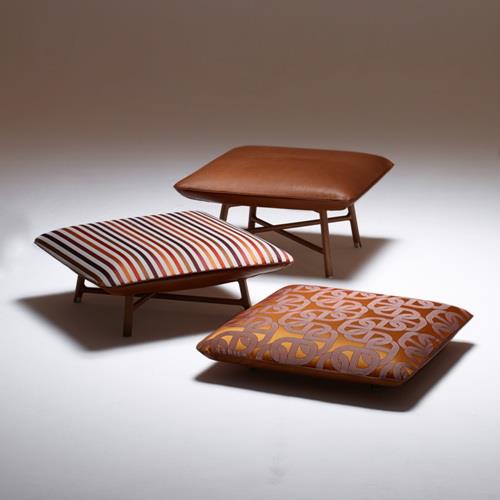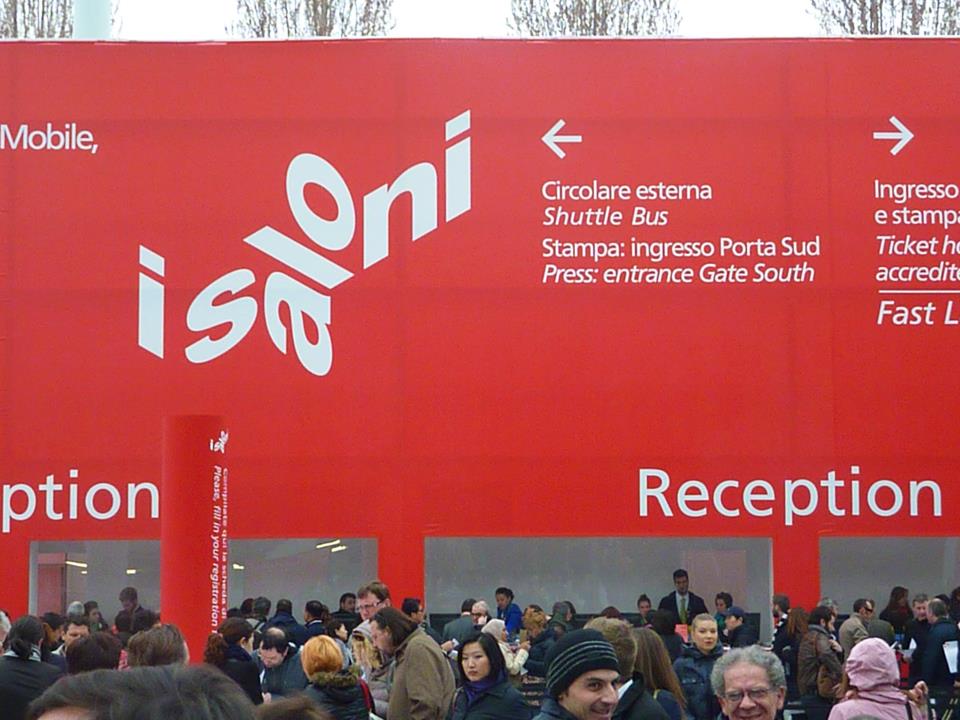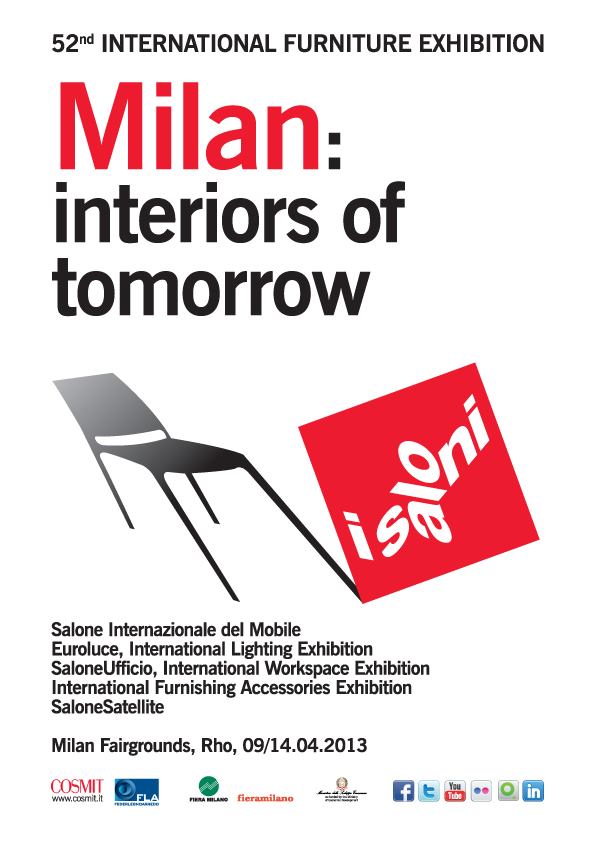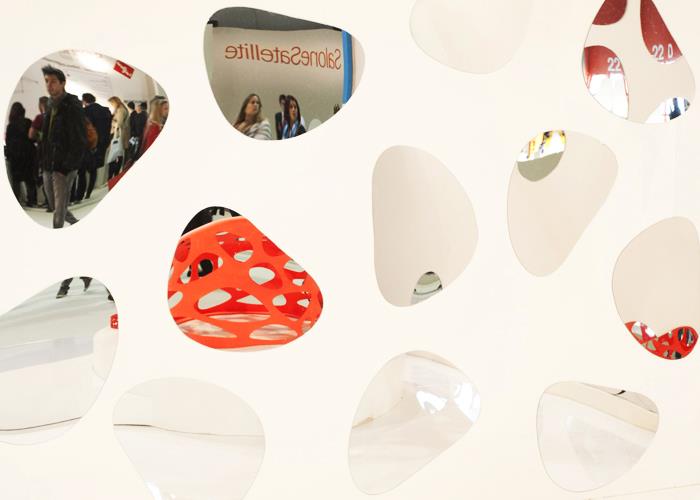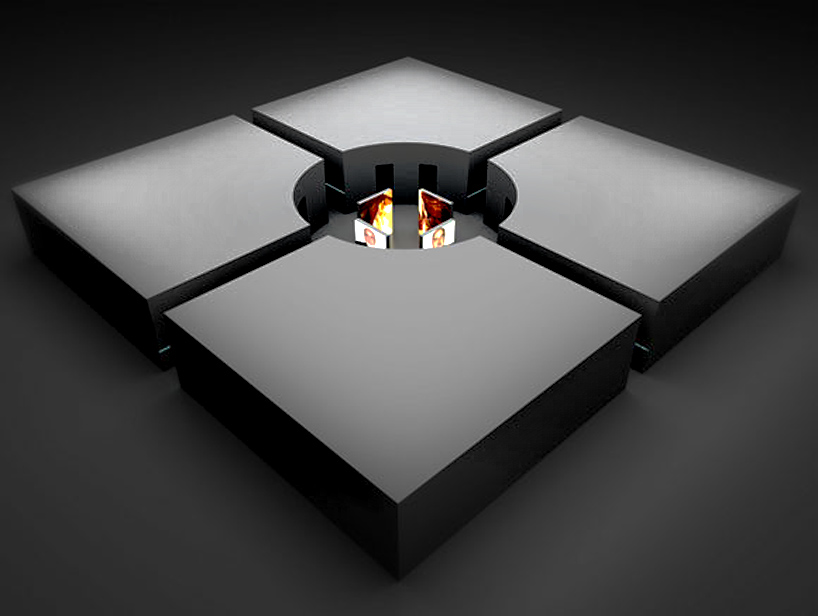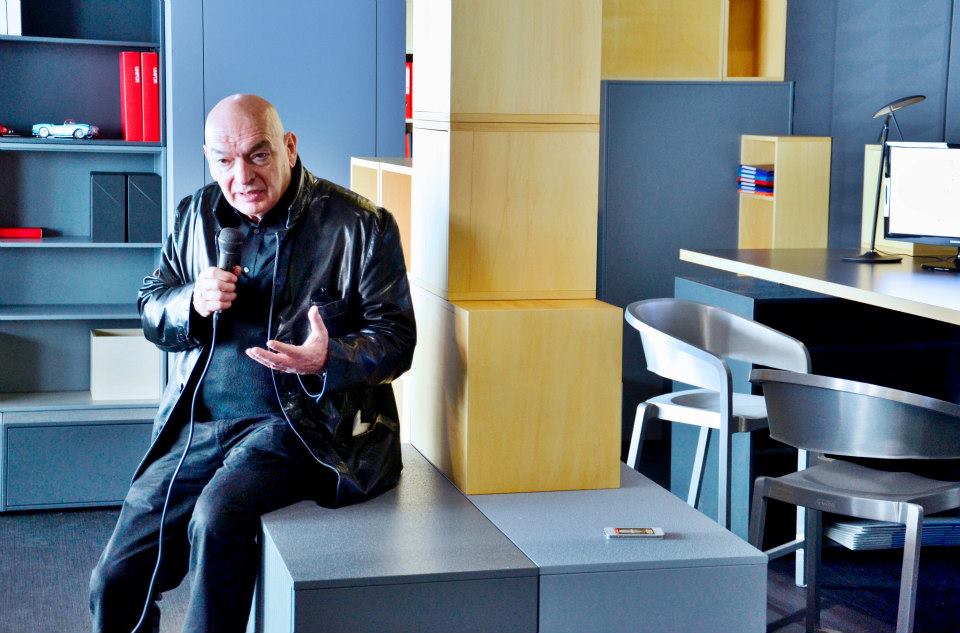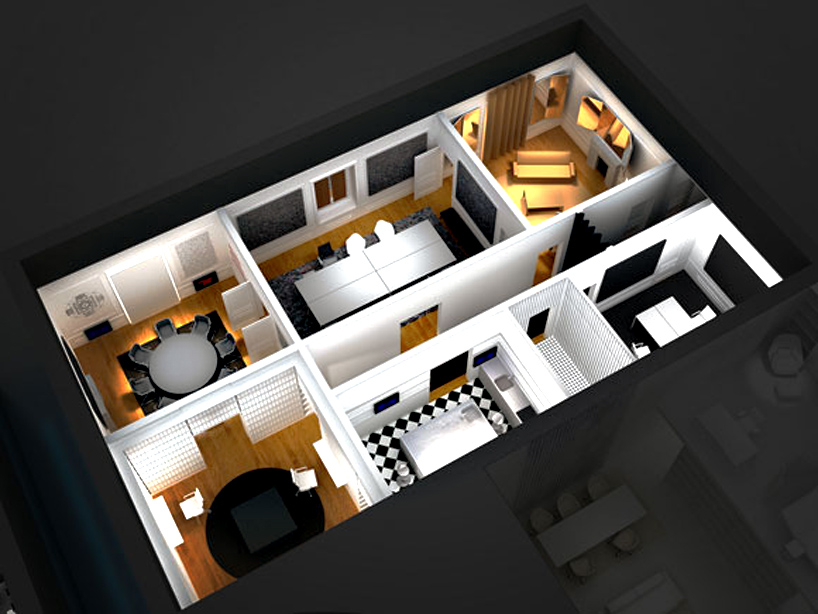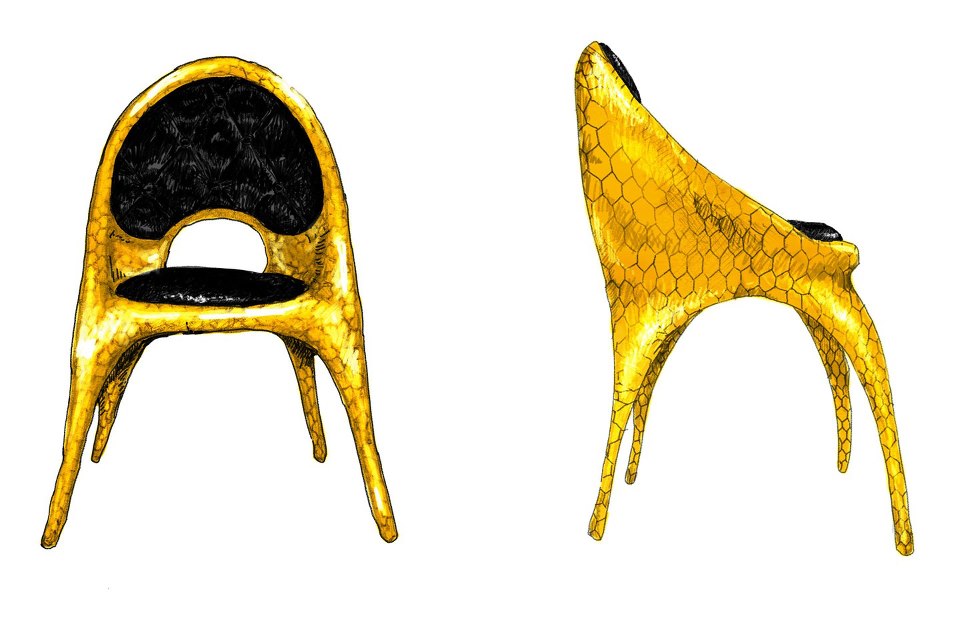Milan is a window on the world of design and, more than any other city, a window on creativity, quality and change. Milan, and Milan alone dictates the trends in design, says I Saloni 2013 – the 53nd Milan Design Week. From 9 th to 14th April, the Italian city is playing host to the Salone Internazionale del Mobile, unveiling a panoply of previously unseen home furnishing, lighting and office solutions, along with the biennial Euroluce, International Lighting Exhibition and SaloneUfficio, International Workspace Exhibition. These will be accompanied, as always, by other events linked to the worlds of design, art and culture in the Fairgrounds and in the city.
“Milan: interiors of tomorrow” is the banner heading this 52nd edition of the Salone Internazionale del Mobile. Furnishing Accessories Exhibition, Euroluce, Salone Ufficio and Salone Satellite events take place simultaneously.
“The key to our success is ensuring that the Salone is the hub of innovation par excellence. It retains its position of leadership by ensuring that the trade fair is synonymous with innovation and offers a real preview of upcoming sectorial goods. Presenting newproducts is not just exciting for the general public; it also helps to motivate sales teams,” said Cosmit’s President, Claudio Luti.
His remarks underscore the prestige of the Salone Internazionale del Mobile and the key role it plays in the furnishing design world: over 300,000 visitors from 160 different countries are expected to this edition.
The key sectoral players include over 2,500 exhibitors showcasing their 2013 ranges inside the Rho Milan Fairgrounds pavilions. Several historical brands are back to the Salone Internazionale del Mobile and SaloneUfficio. Euroluce comprises 38,000 m2 of exhibition space. SaloneUfficio takes up 12,500 m of exhibition space, devoted to office furniture and accessories.
The 16th edition of the platform for designers under 35, SaloneSatellite, in pavilions 22-24, is geared to the theme: “Craftsmanship & Design: Together for Industry.”
As always, the event provides visibility and networking opportunities for emerging young designers. This year too, there will be a competition for the three best prototypes conceived and showcased with particular relevance to this edition’s biennial exhibitions, Euroluce and SaloneUfficio.
The SaloneSatellite 2013 also becomes the meeting place between two worlds only apparently incompatible, but which in truth are closer today than ever, sharing the same single goal: a woodshop, a glassblowing studio, a foundry and a digital workshop will reveal the secrets of artisanal know-how at the service of industry.
The theme – ‘Design and Craftsmanship: Together for Industry’ – responds to the need that today’s young designers feel, which is integrate tradition with the technological possibilities offered by modern industrial production.
The project calls for the creation of three workshops – for wood, glass and metal – where master artisans will provide real-time demonstrations of how the various materials are crafted, as well as a digital workshop, because the world of design is in full transformation, and digital fabrication and 3D printing will soon be consolidated realities.
Specially conceived for the Saloni 2013 is Pritzker Prize 2008 winner, French architect Jean Nouvel’s “Project: office for living.” The exhibit is set out over a 1,200 m2 space inside the SaloneUfficio pavilions, illustrating several different scenarios that give full rein to the main strands of his vision of the workspace: mobility, conviviality, pleasure, fun, with offices opening onto both the inside and the outside of the building, a rejection of the cloned spaces, enclosed spaces and the serial repetitiveness that so often characterises offices and their totalitarian nature.
A monolith rises in the middle of SaloneUfficio, intriguing and alluring, with four video-portraits of thinkers raise their concerns and express their views on the office environment: designer Agnès B, photographer Elliot Erwitt, artist Michelangelo Pistoletto and writer/director Alain Fleisher.
Freely grouped around the monolith are five groundbreaking work scenarios that illustrate just how outdated today’s models of the workspace have become.

